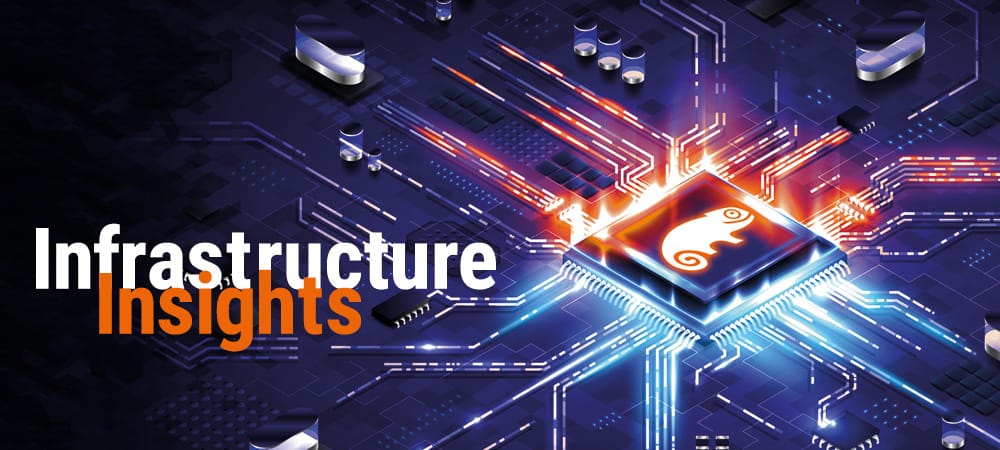Data structures


The "golden record" without associated business processes has no added value. This dilemma is currently becoming apparent to many existing SAP customers during their upcoming S/4 version change.
Companies have been talking about the need for digital transformation for years. The entire organization is to be transformed into a single digital entity in which employees, customers, suppliers, products and machines are linked in a data-driven network. The Roland Berger study "The Digital Dilemma - Why Companies Struggle to Master Digital Transformation" states: The Digital Dilemma arises not from technical limitations, but from organizational and strategic failures. The classification of data and algorithms by the IT tools of SAP partner DMI solves the fundamental problem of dependencies on legacy systems.
The best results are achieved when companies first introduce data architecture principles. SAP logically recognized the need for digital transformation many years ago. However, the ERP world market leader was too focused on algorithms due to its R/3 past. SAP recognized very well that a new ERP also needs an innovative data platform: The in-memory computing database Hana was created. But too little attention was paid to composability, and Gartner's Data Fabric concept was poorly implemented with SAP's Data Hub. SAP lacks a holistic view of enterprise data. Here, SAP partner DMI has the greater horizon and thus the better concept for the upcoming data conversion.
The opportunities outweigh the risks. The transformation to SAP S/4 Hana represents a unique opportunity to fundamentally modernize your own IT. It is this new way of providing, operating and using IT that sets the cloud apart. This should be considered independently of the question of where this type of IT is operated. That place may just as well be in the company's own data center. Cloud computing could become the catalyst for a generic symbiosis of data structures and algorithms. However, the digital dilemma will hardly be solved within Hana and S/4. SAP's existing customers will have to use autonomous IT tools to solve this problem.






